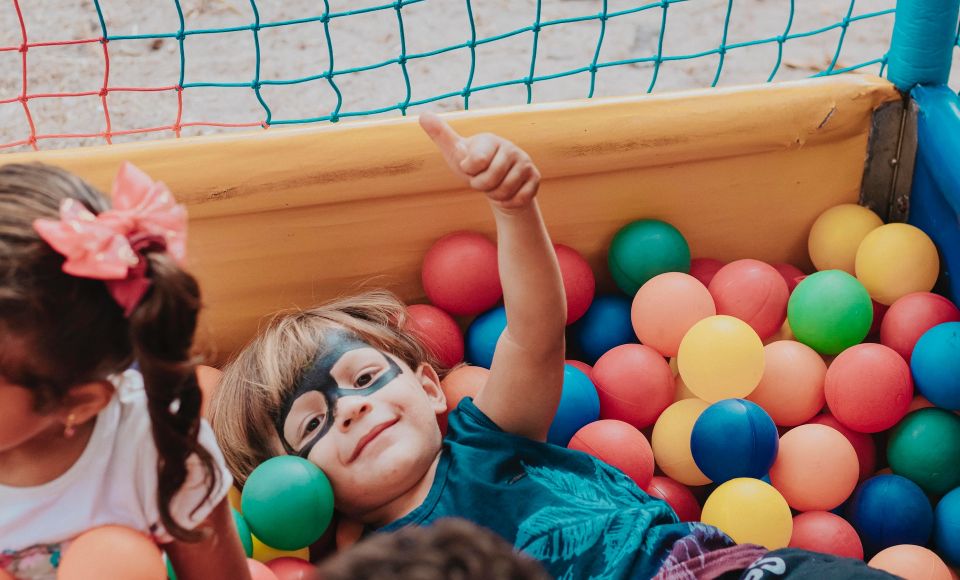
Process Painting using Nature-Inspired Paintbrushes
For young children, art activities should be planned as a process that captures interest and ensures enjoyment, rather than for the creation of a specific end product. When children engage with the process of art, they apply all their senses to manipulate materials and explore concepts such as colour, texture, pattern and form. We should encourage children’s sensory exploration as it is fundamental to learning (except for the sense of taste, as eating art materials is not usually recommended!)
Collecting materials
An outdoor excursion such as a walk in the woods is ideal for collecting natural resources for children’s artwork. During your woodland wander you can encourage children to engage their senses to notice things, such as the feel of a fresh breeze on their faces, the sound of rustling leaves and the soft twitter of birdsong. Collect some small sticks and other interesting natural materials that are found on the ground, such as leaves, feathers, catkins, sprigs of grass and commonly-found flowers like dandelions and daisies but discourage children from uprooting plants or picking flowers that might be rare or protected for scientific interest. Follow the countryside code, which urges people to ‘Take only photographs and leave only footprints’.
Making the paintbrushes
Break the sticks into lengths that are about equal to that of a child’s paintbrush. Wrap an elastic band around each stick about one to two centimetres from the end of the stick. Slide the stems of your selected pieces of grass, flowers and leaves etc. underneath each elastic band, using enough of the plant material so that it forms a soft ‘paintbrush’ shape at the top of the stick.
Experimenting with brushstrokes
(This type of painting activity could become very messy so it’s best to prepare an area well in advance for the big wash-up/clean-up time needed at the end.) Spread a large sheet of paper on the floor, along with coloured paints, water and sponges. Then let the children explore mark-making using their homemade paintbrushes to see what effects they can make from a variety of painting actions such as scraping, dabbing, sweeping and swirling. What happens when the paint is watery? What happens when it is thick? Let the children notice how the paint feels on their fingers and see how the colours merge and blend into different shades. Keep the activity unhurried and allow your little ones to enjoy every fleeting moment of observation, reflection and discovery.



